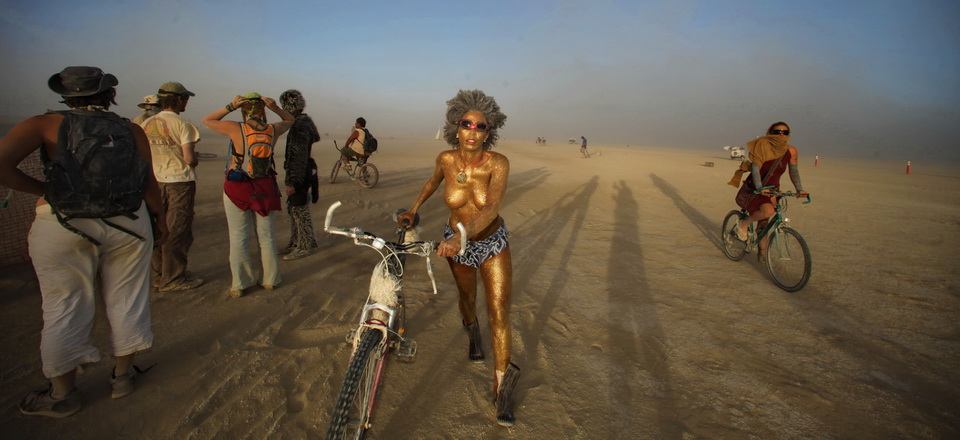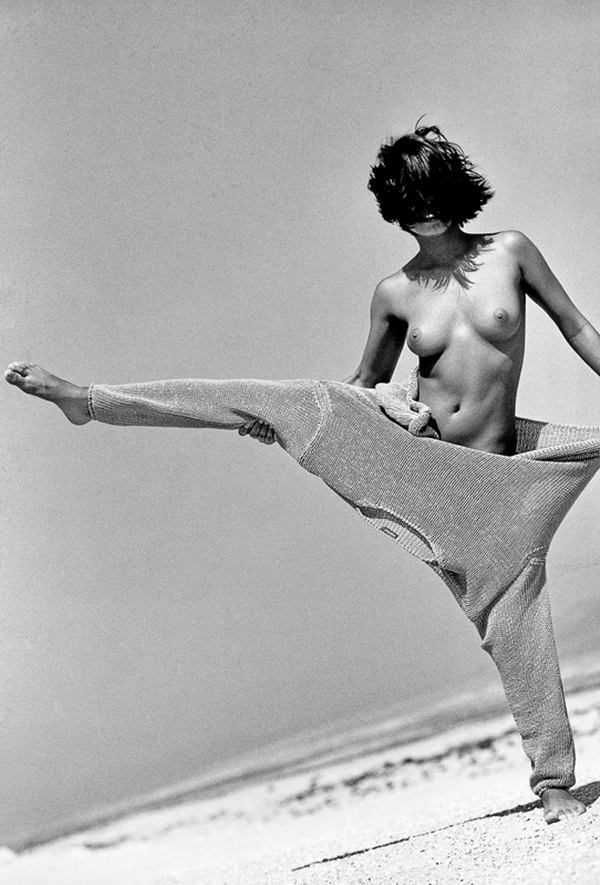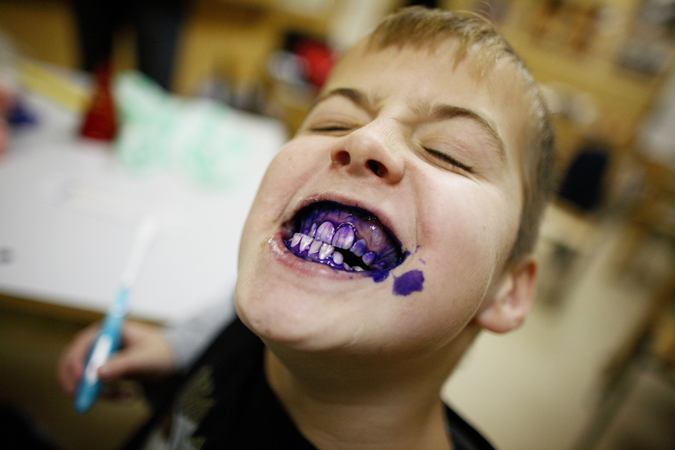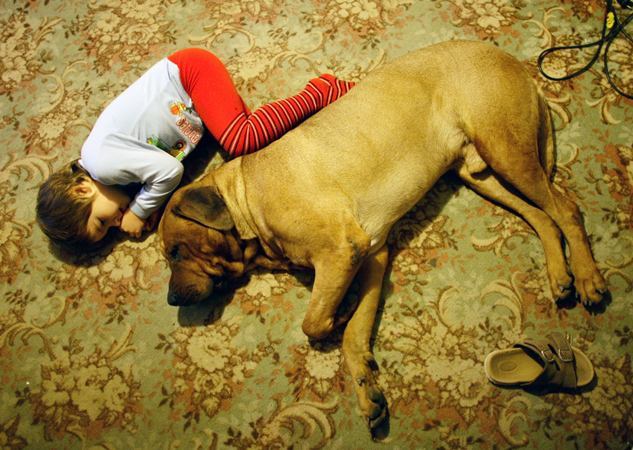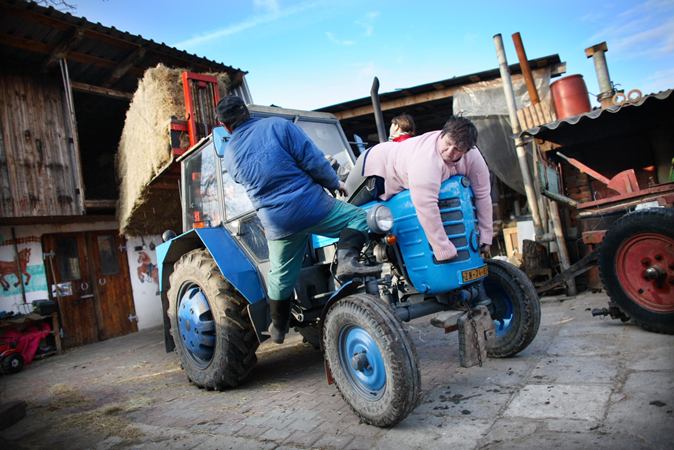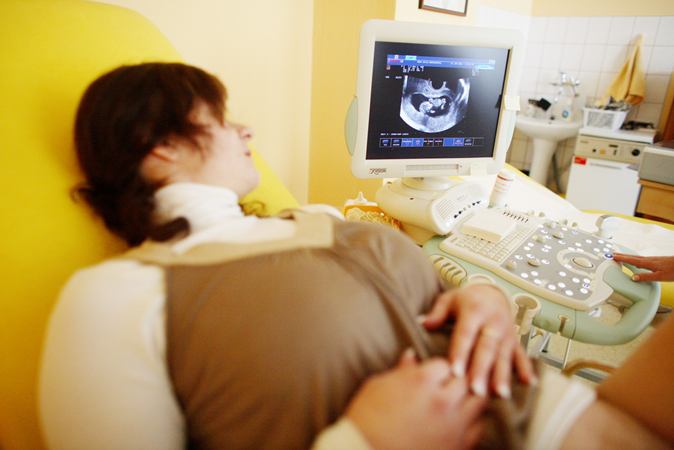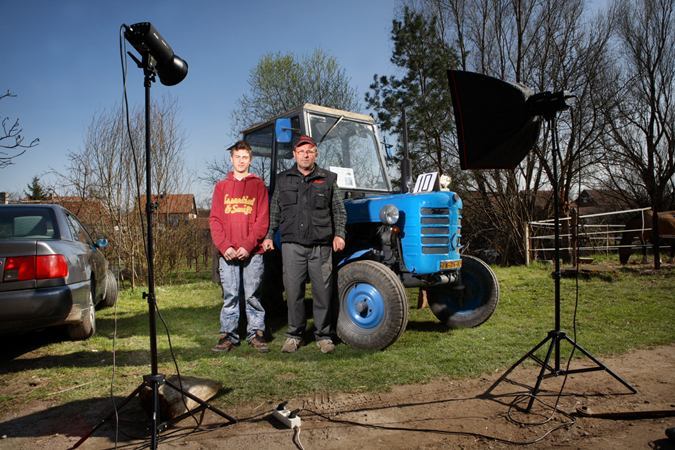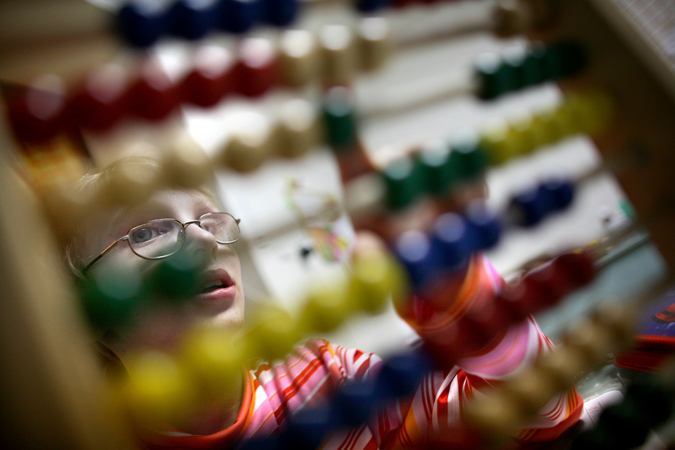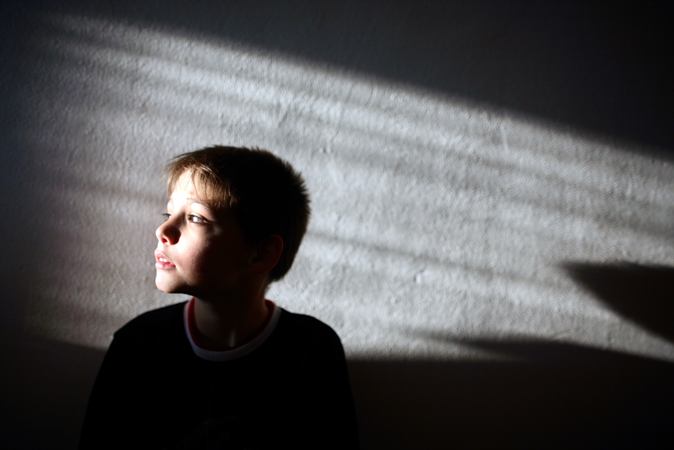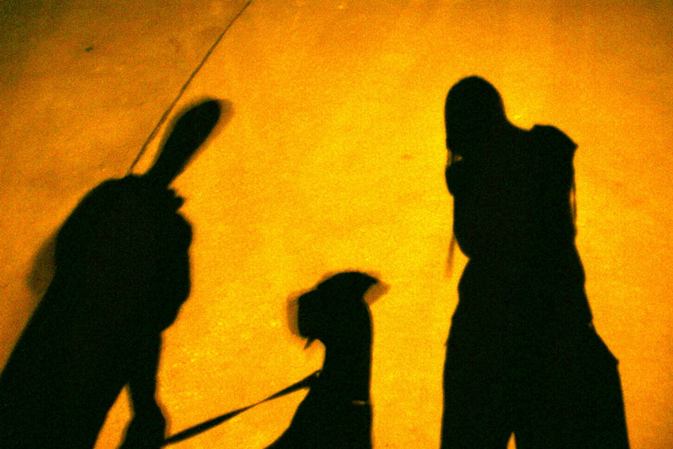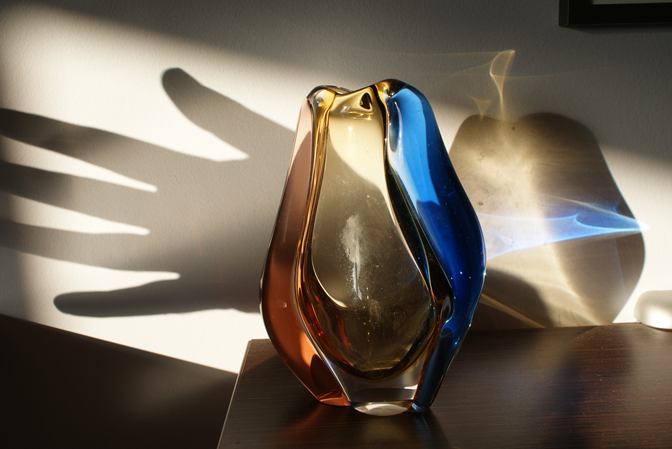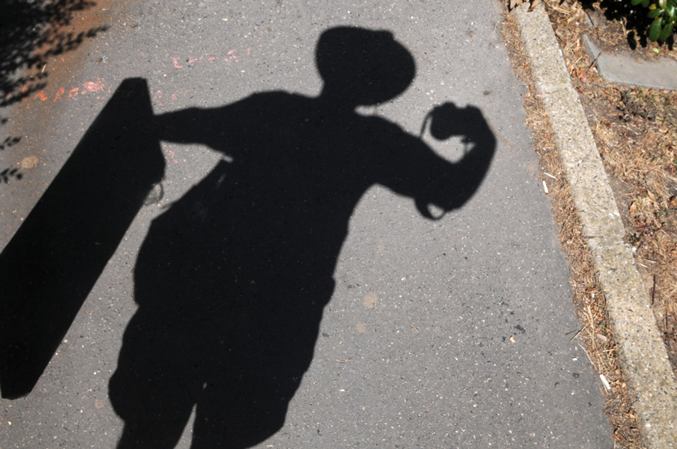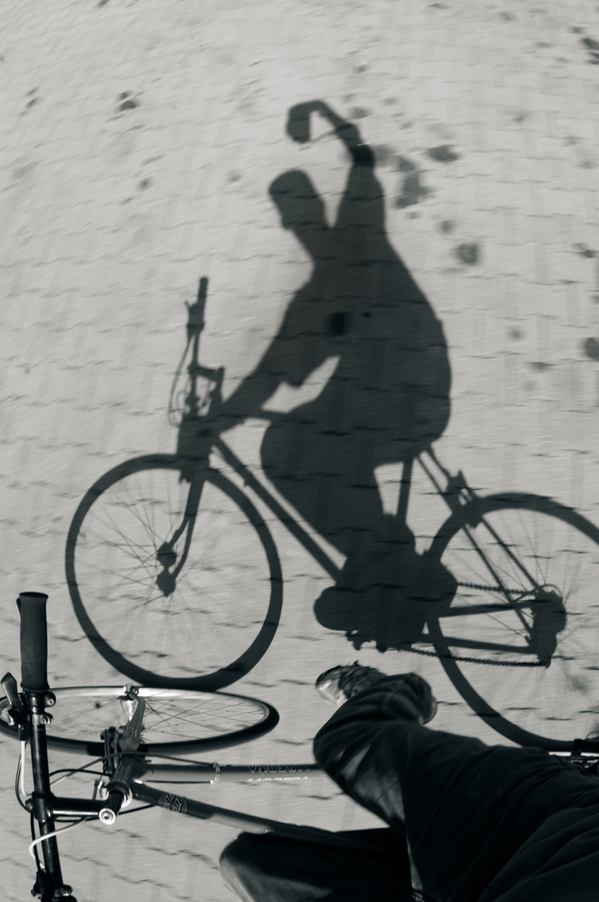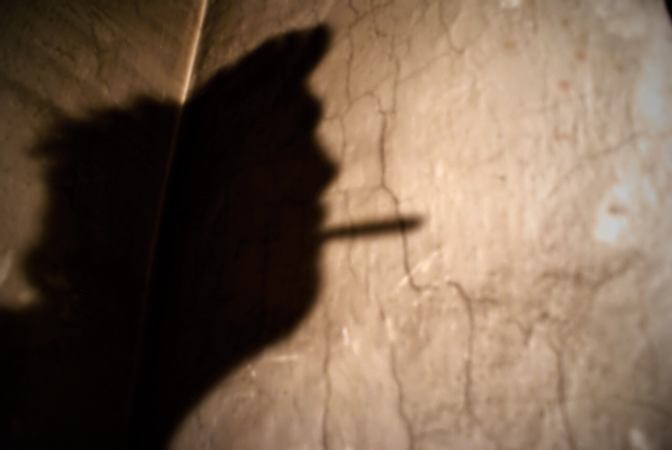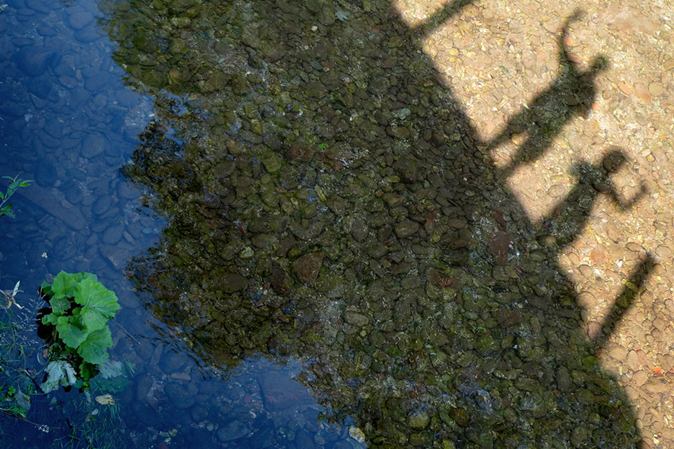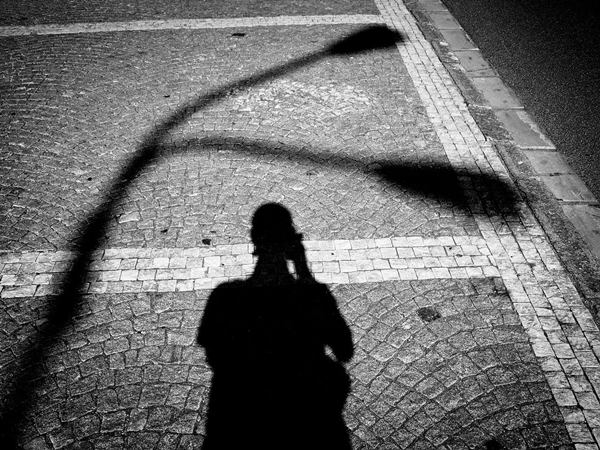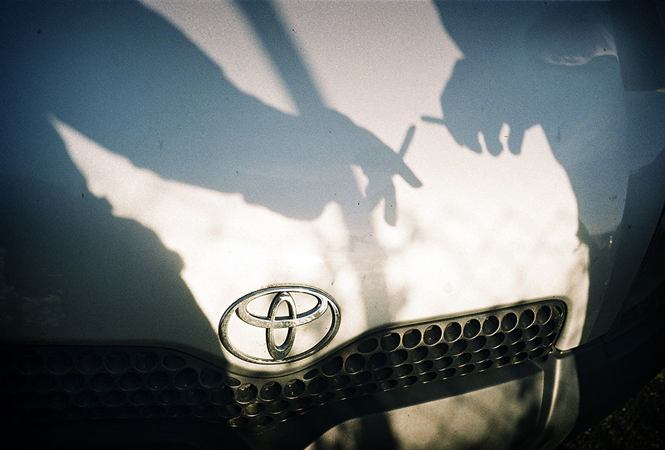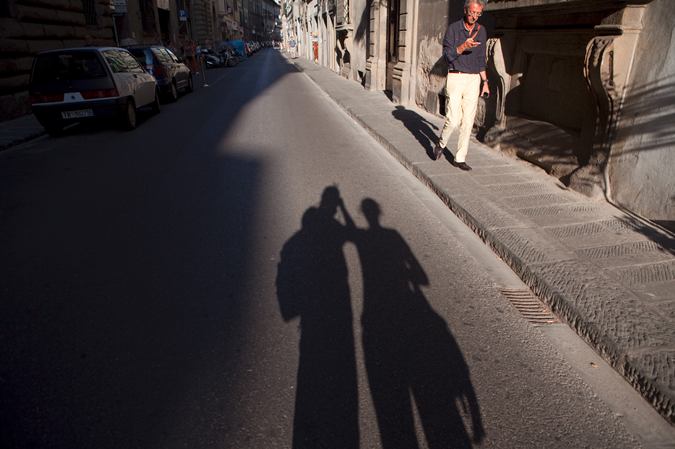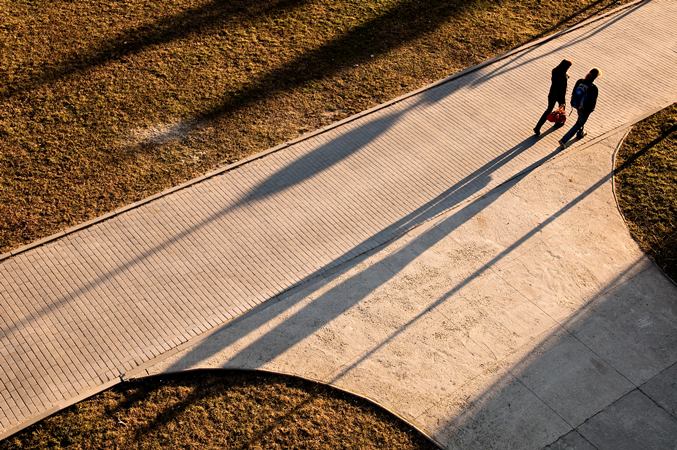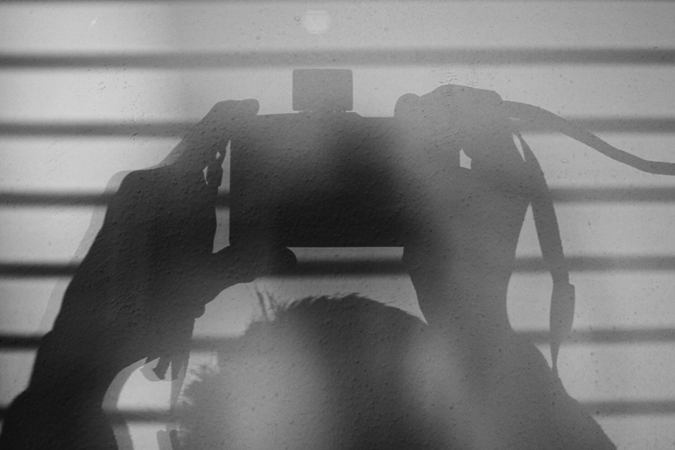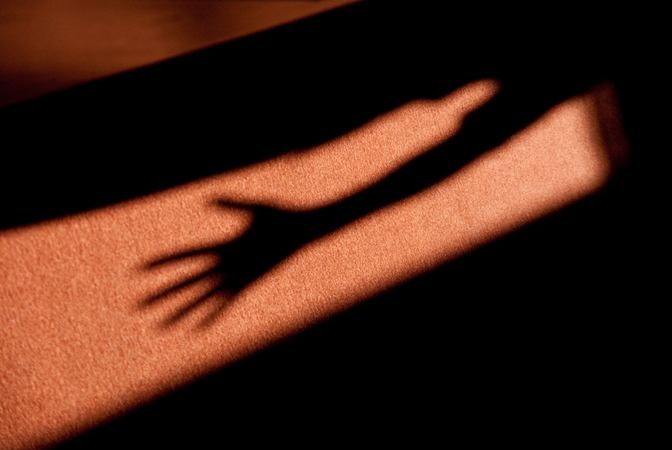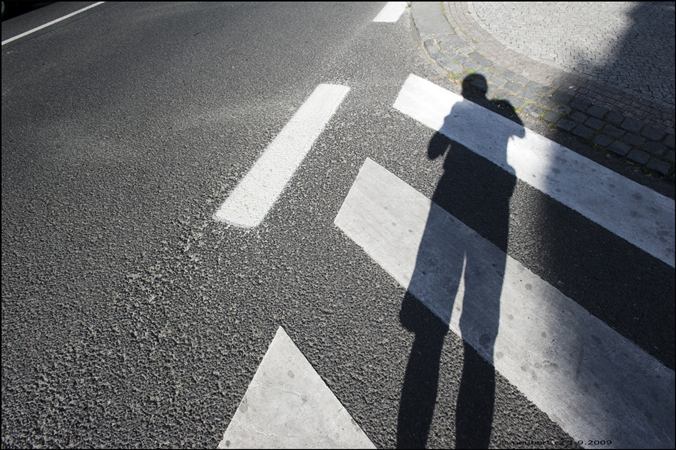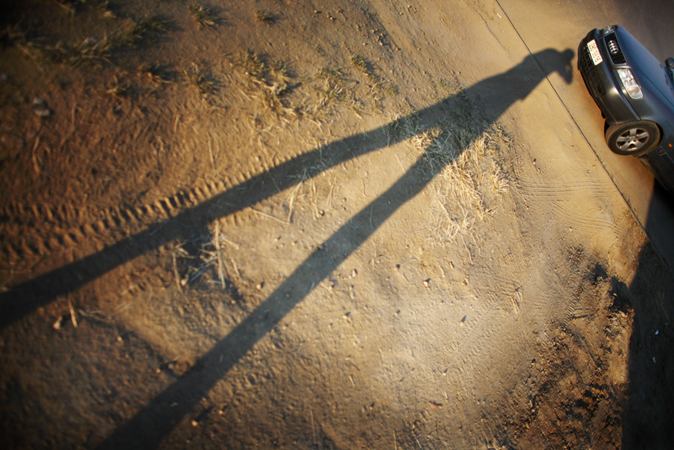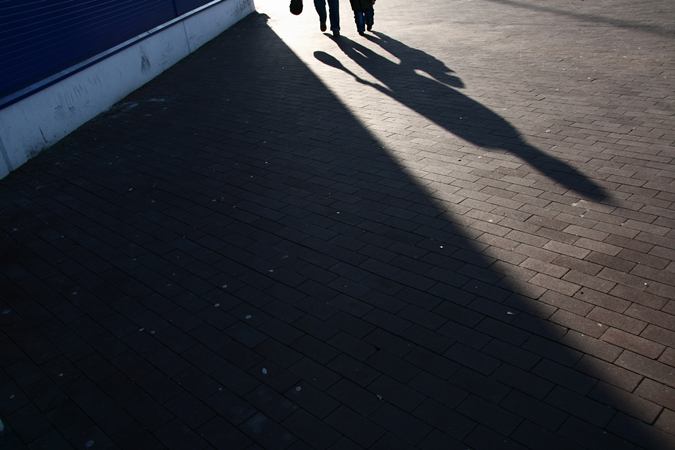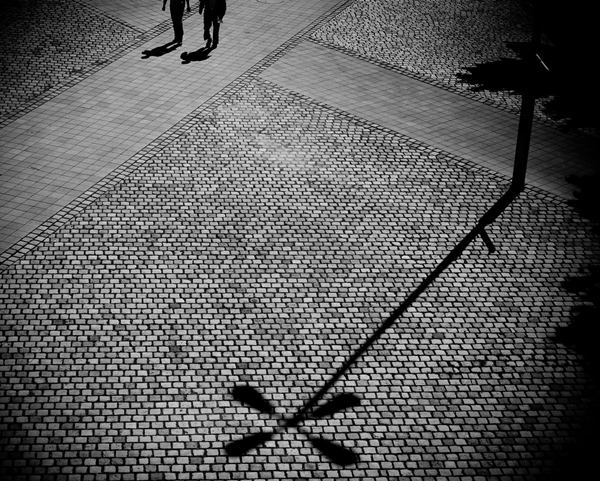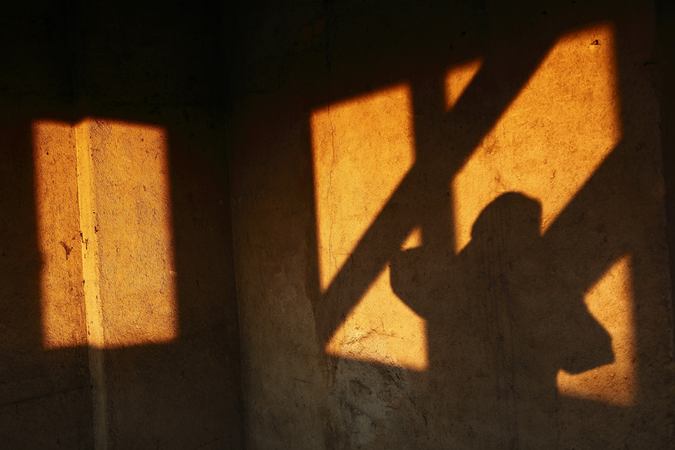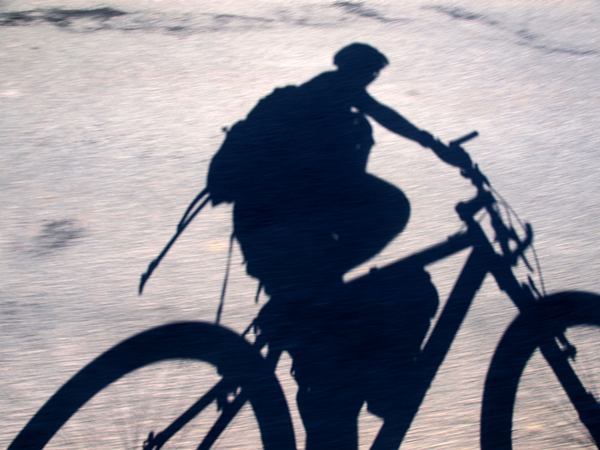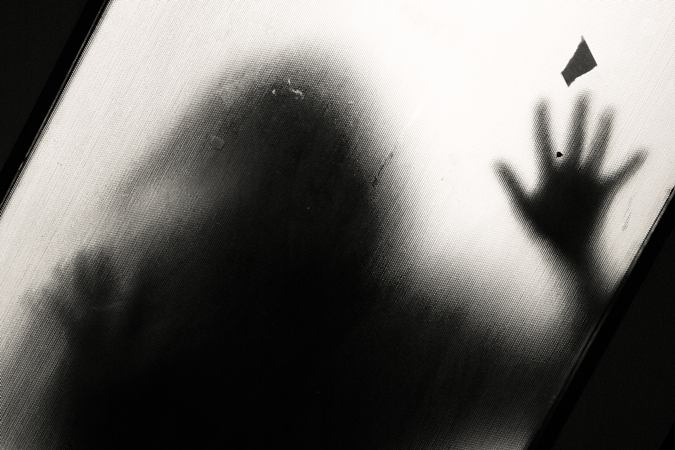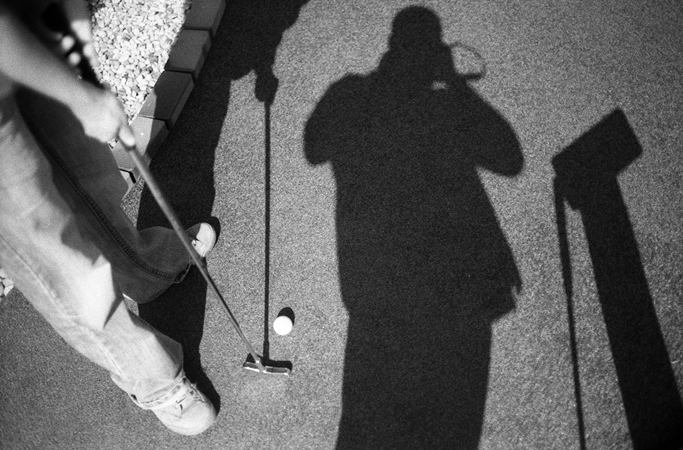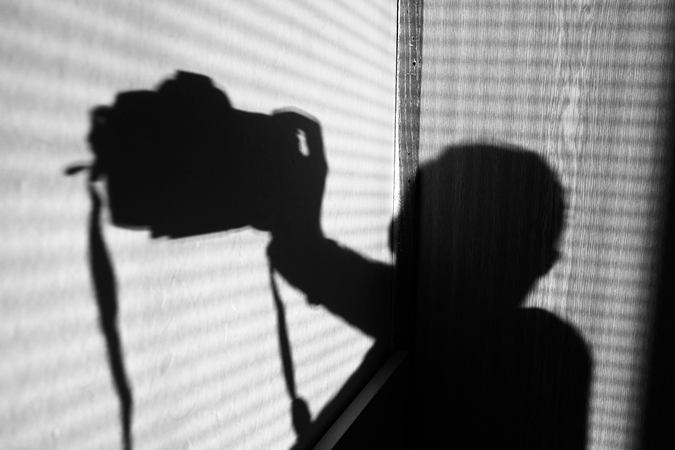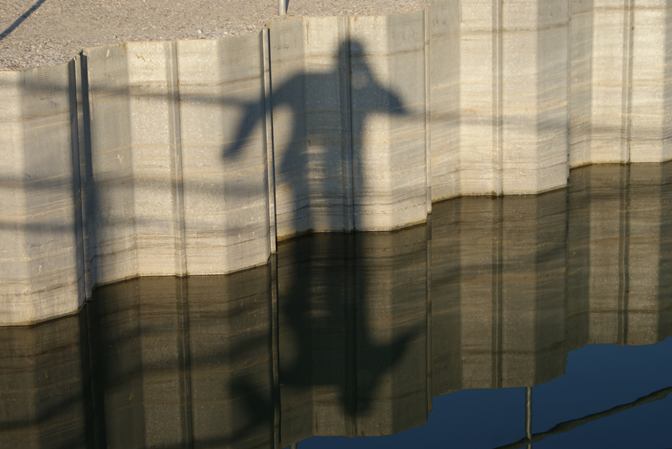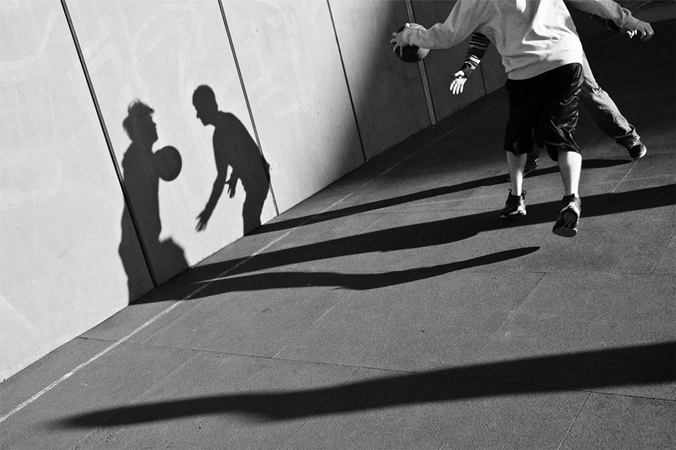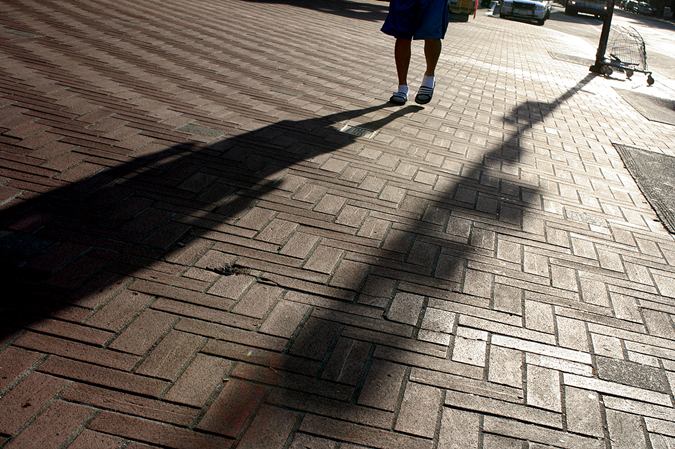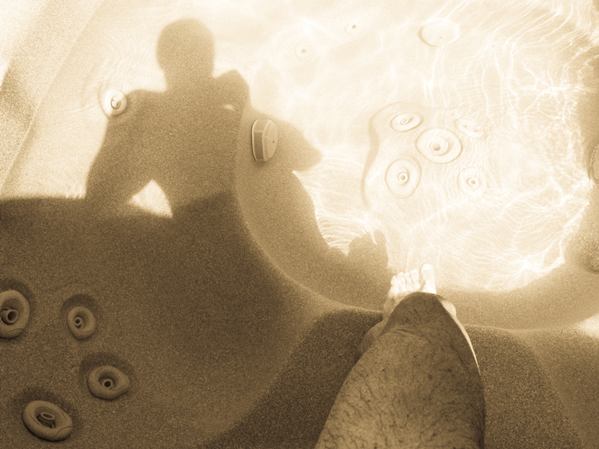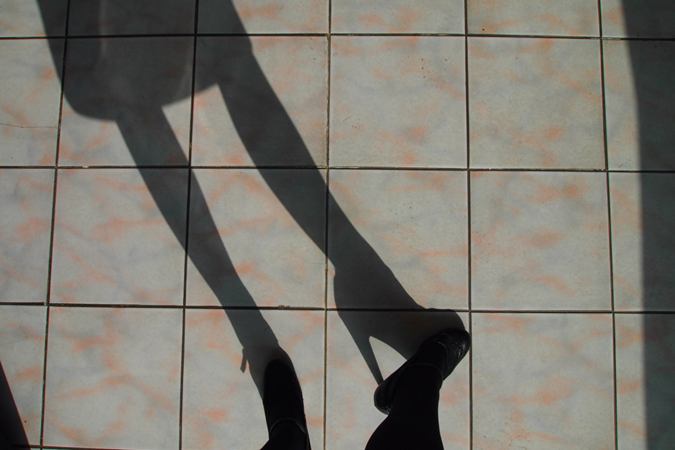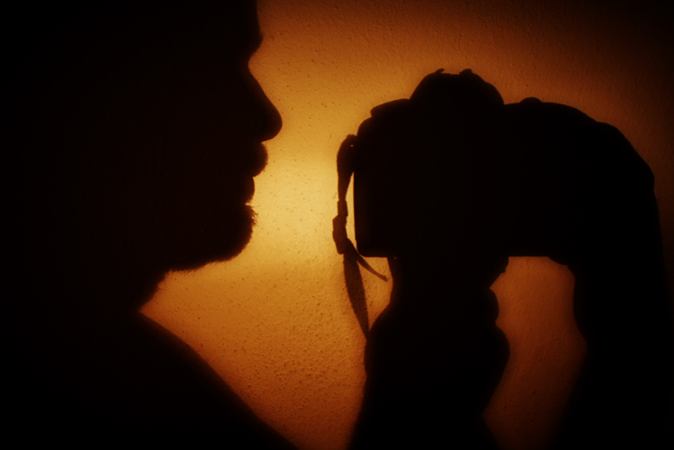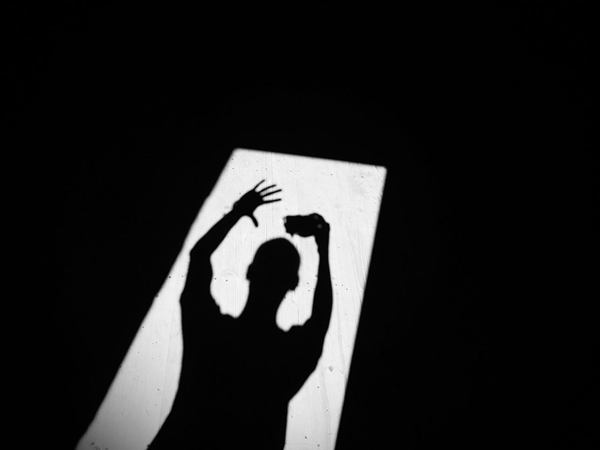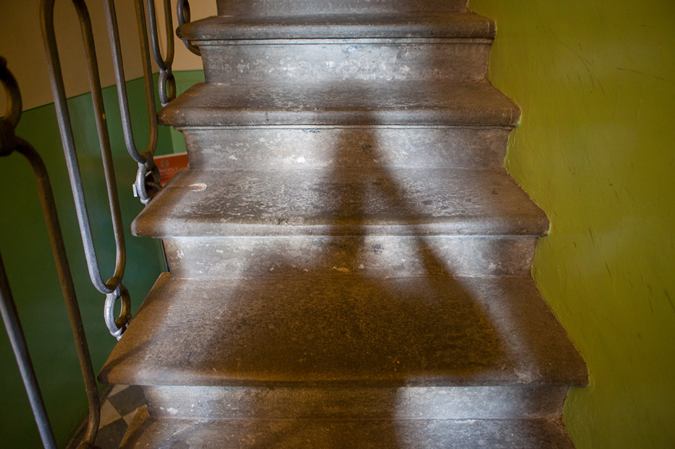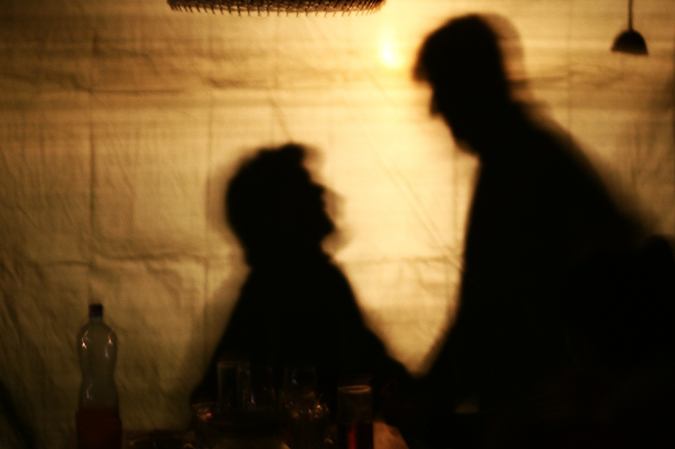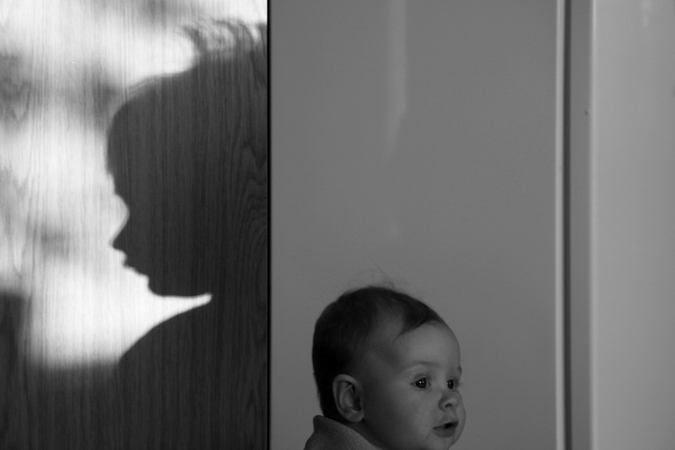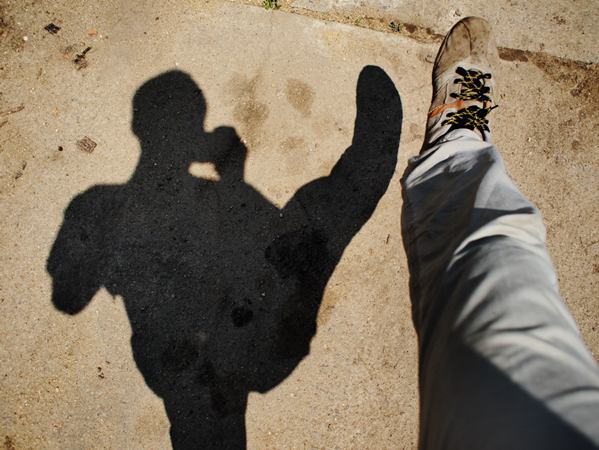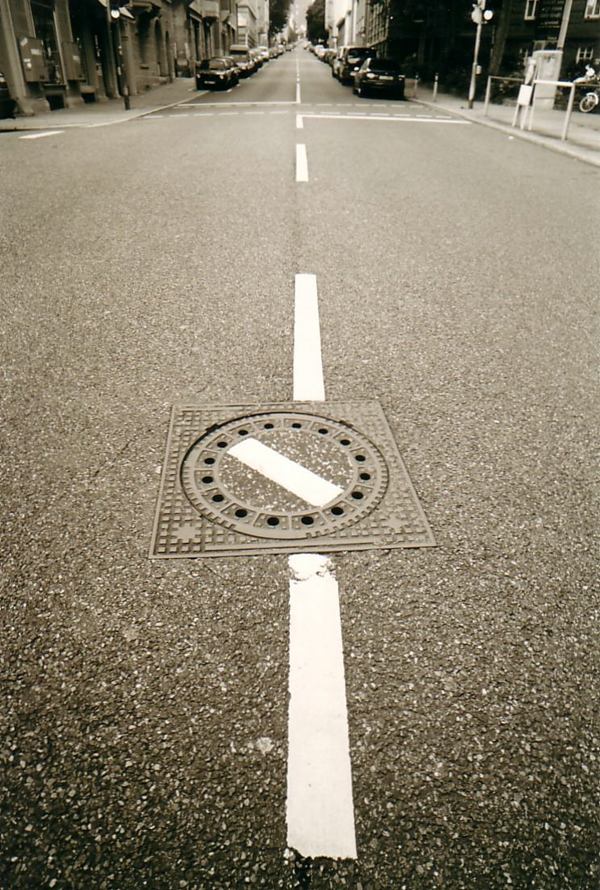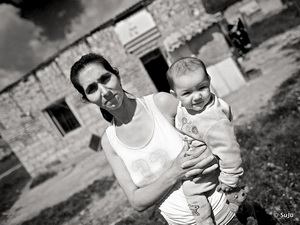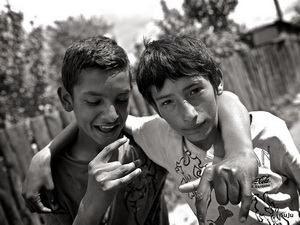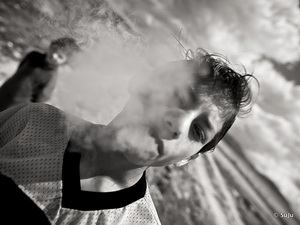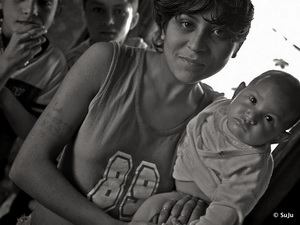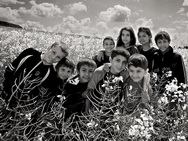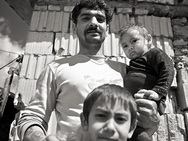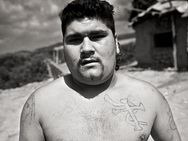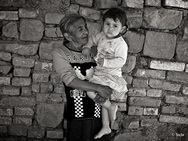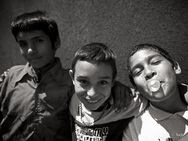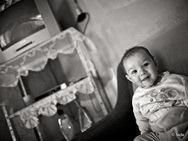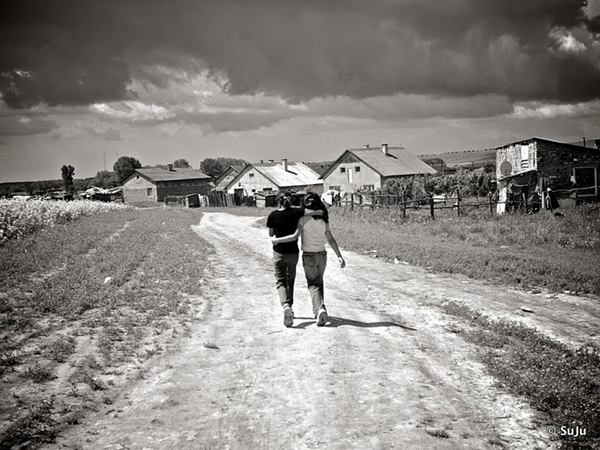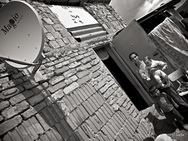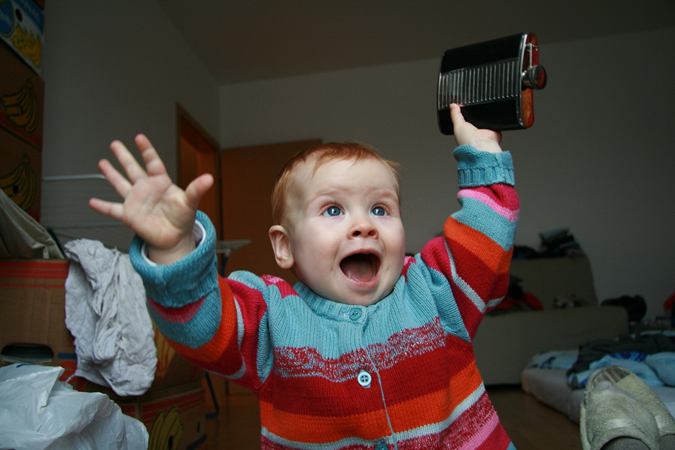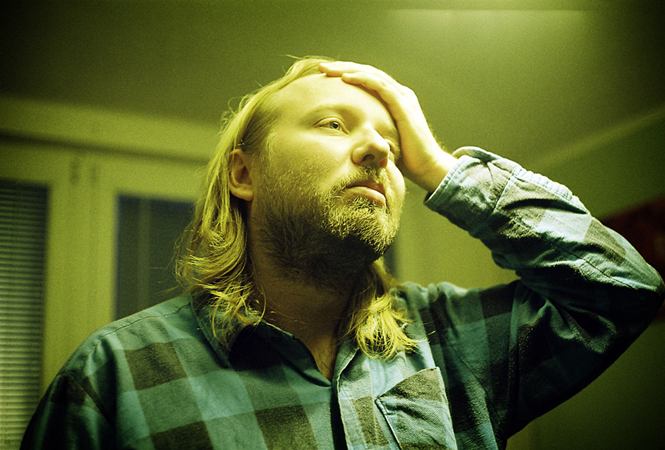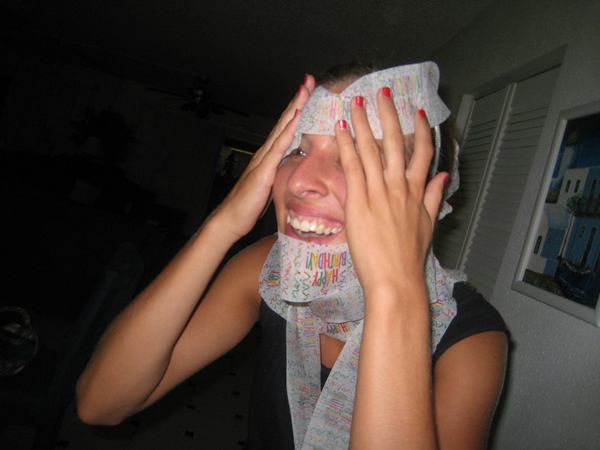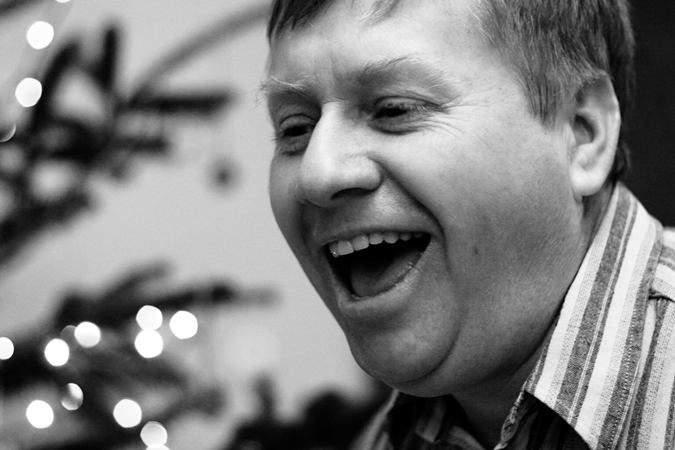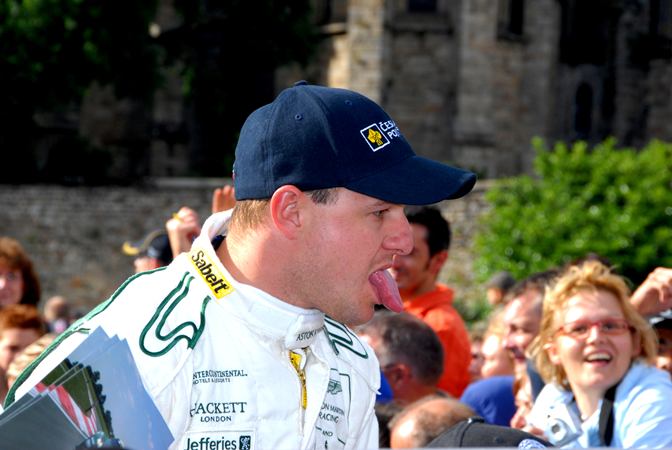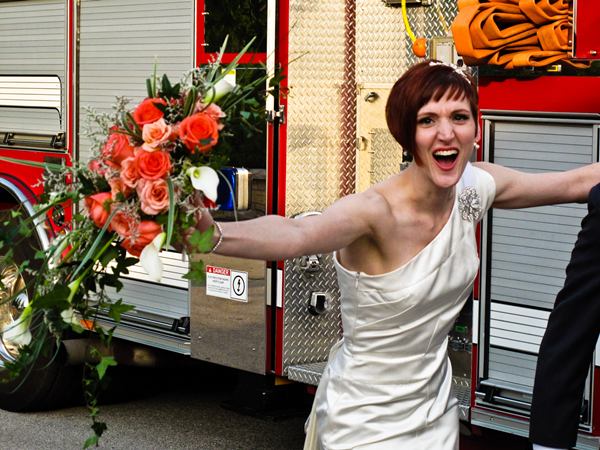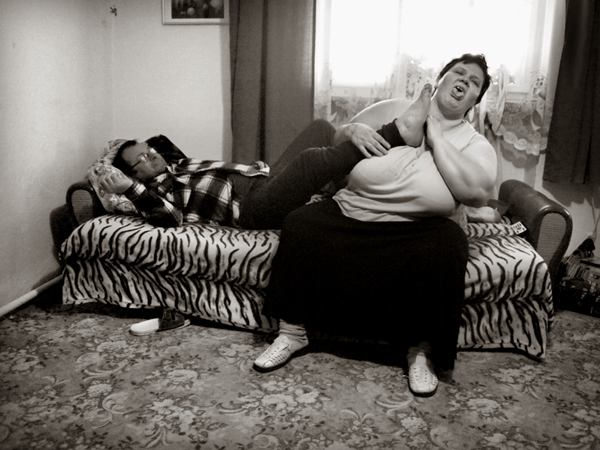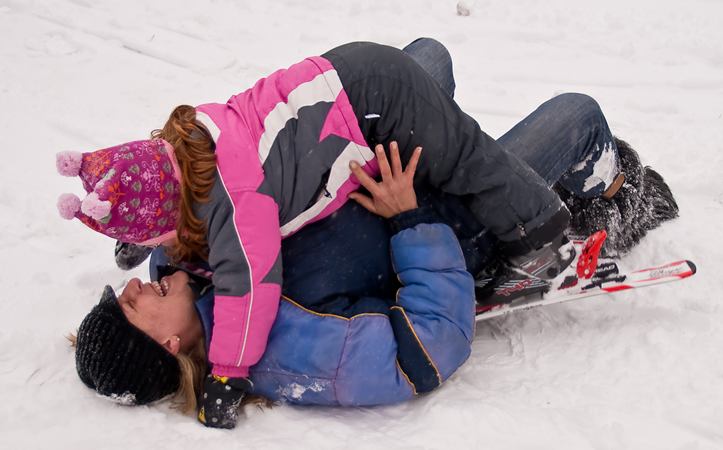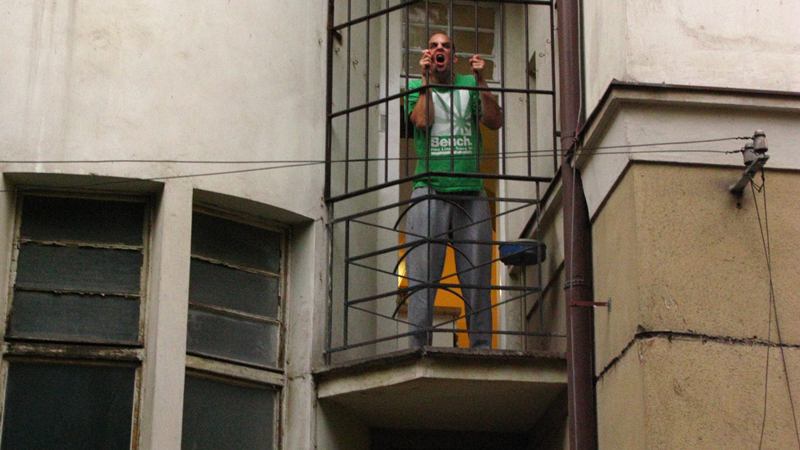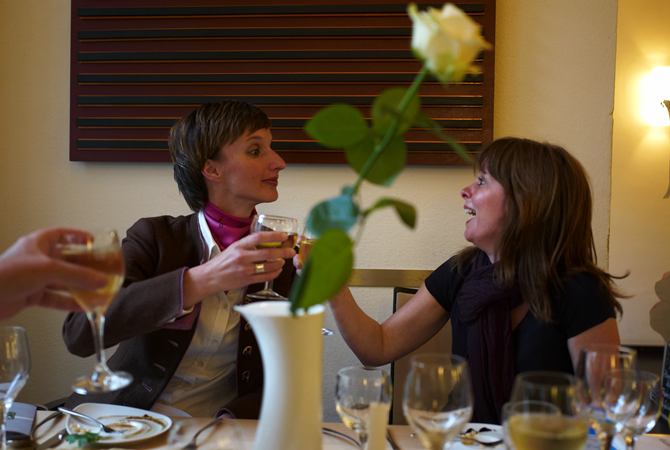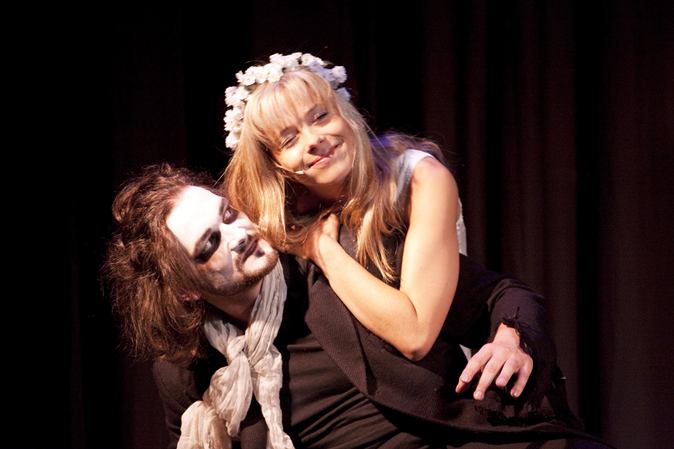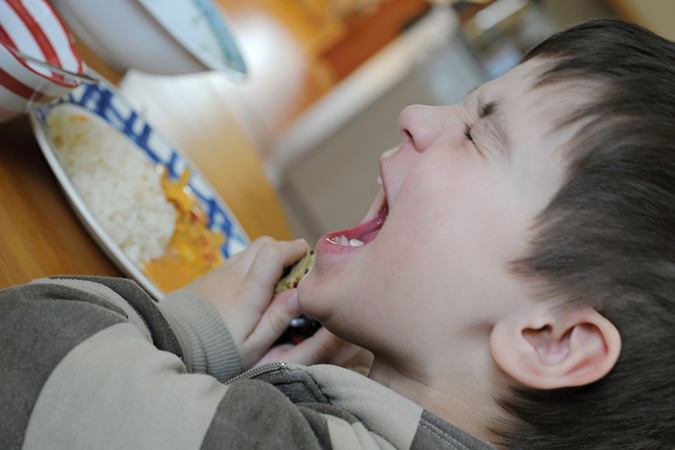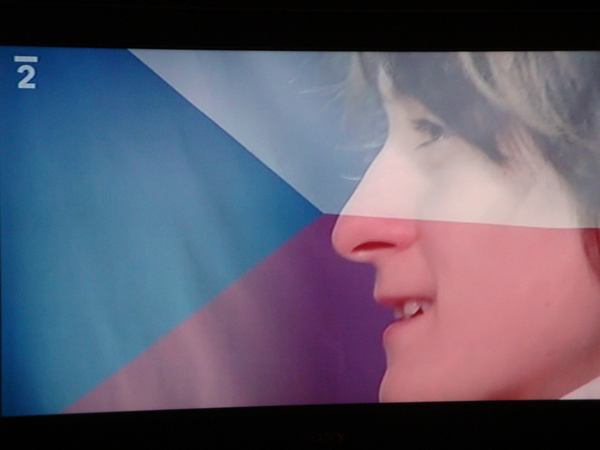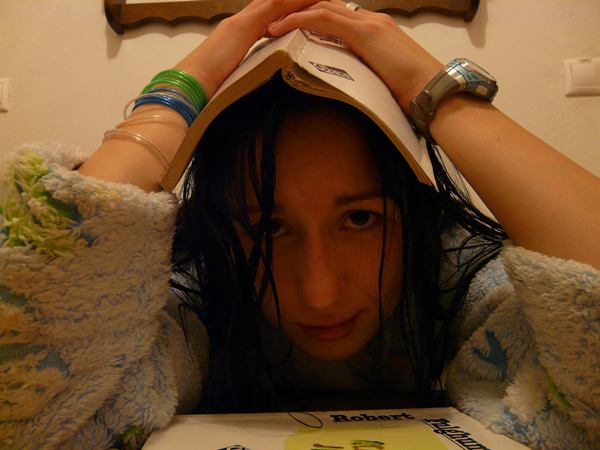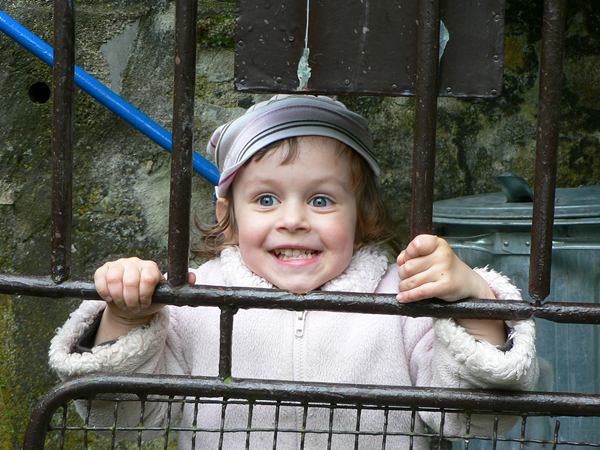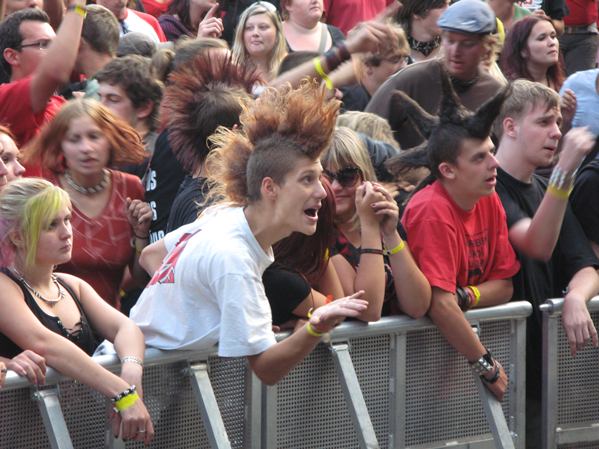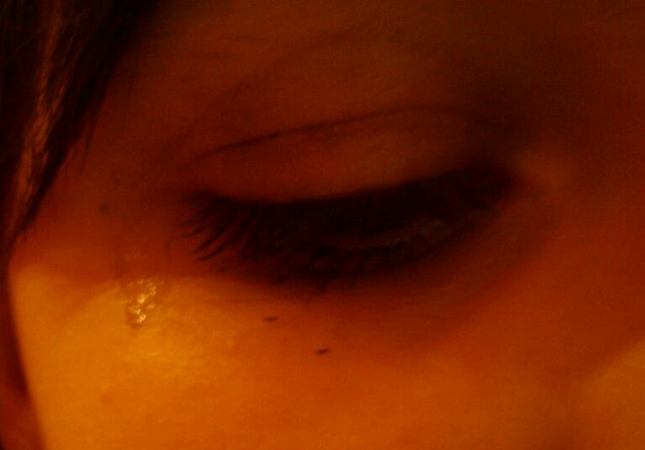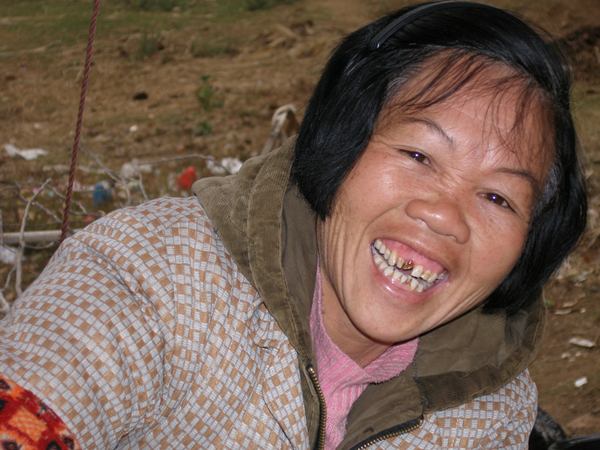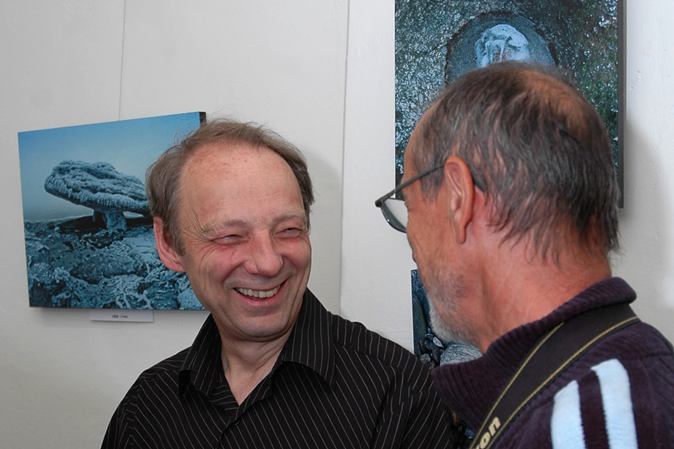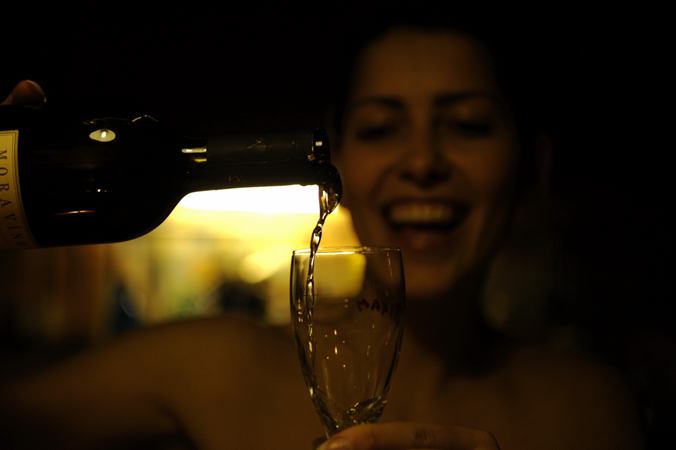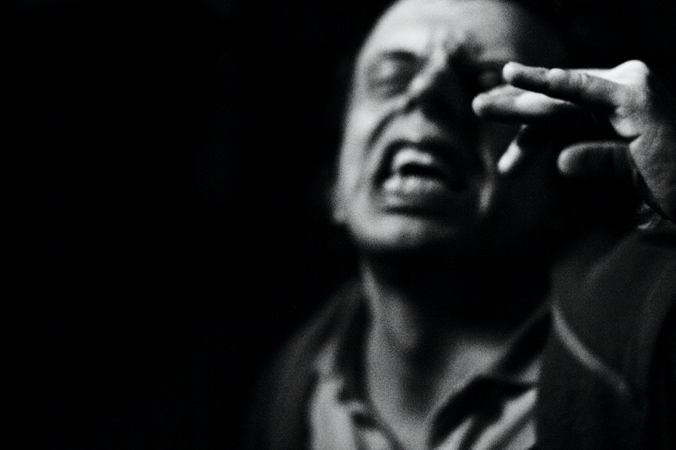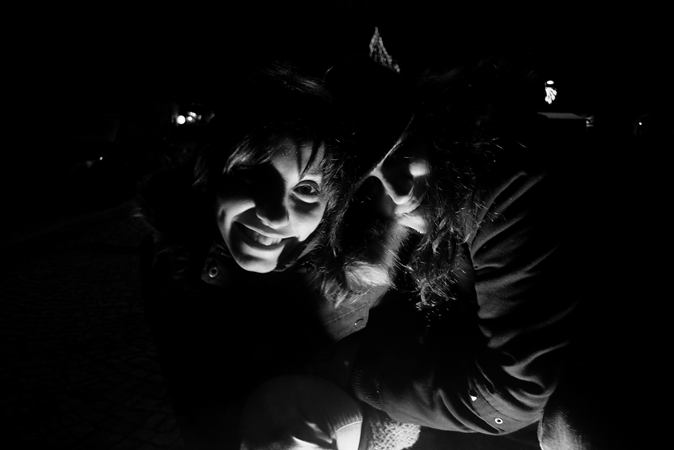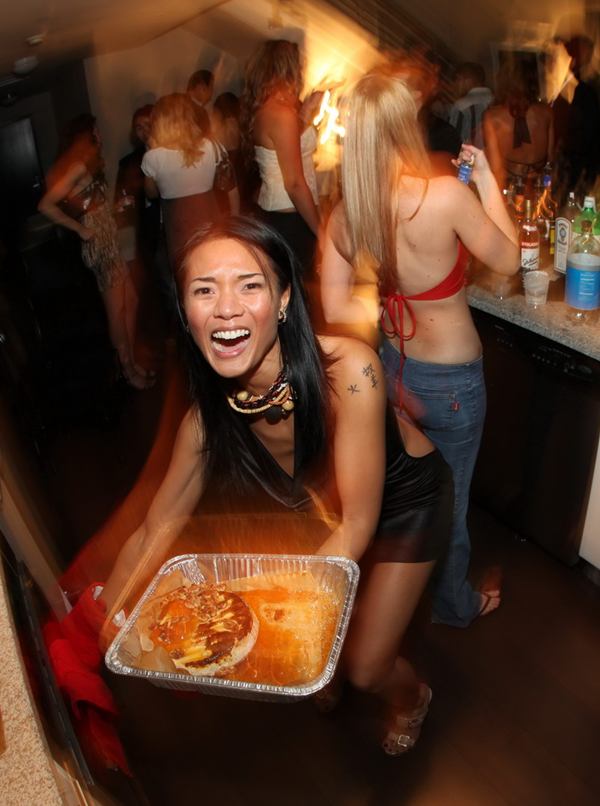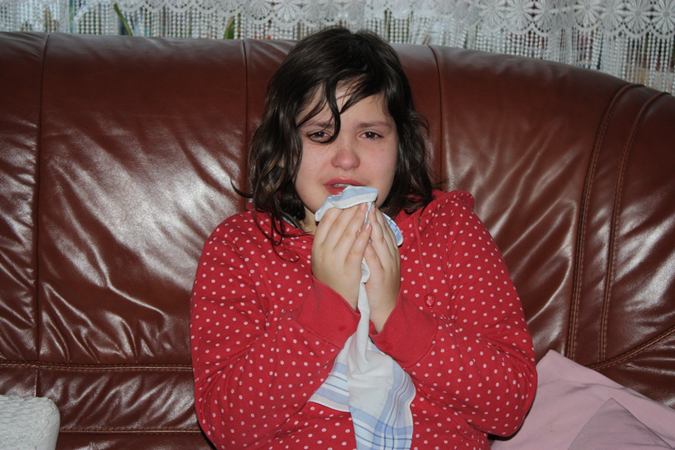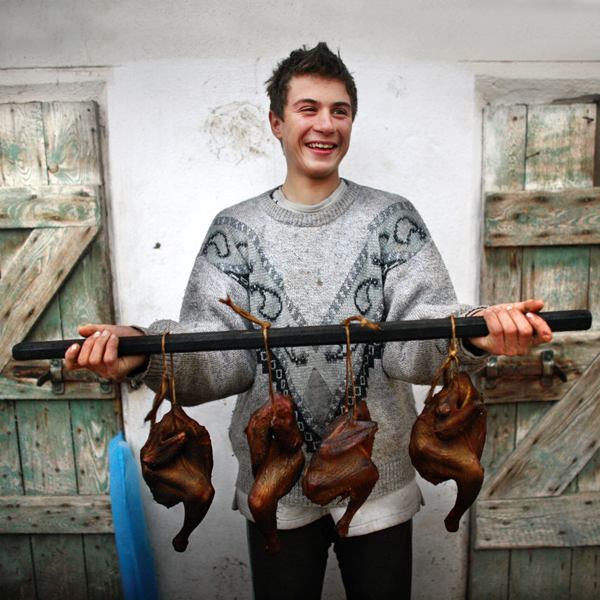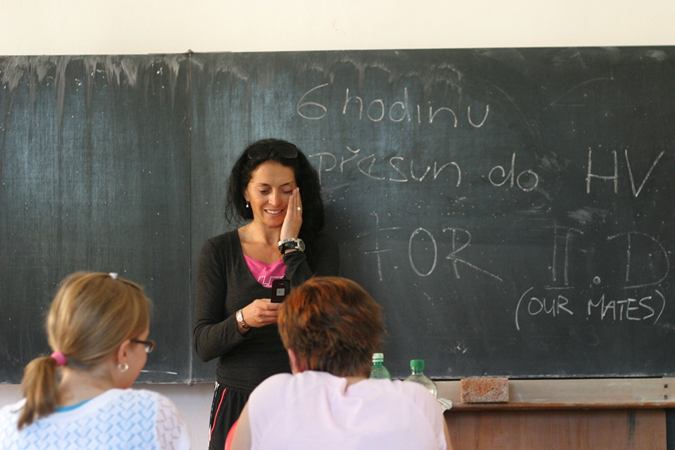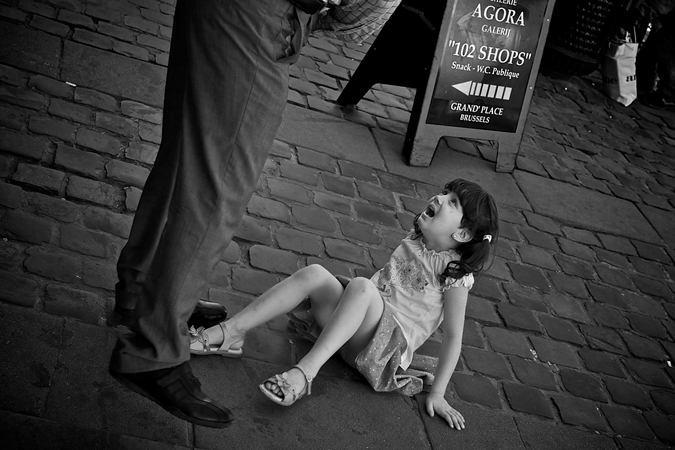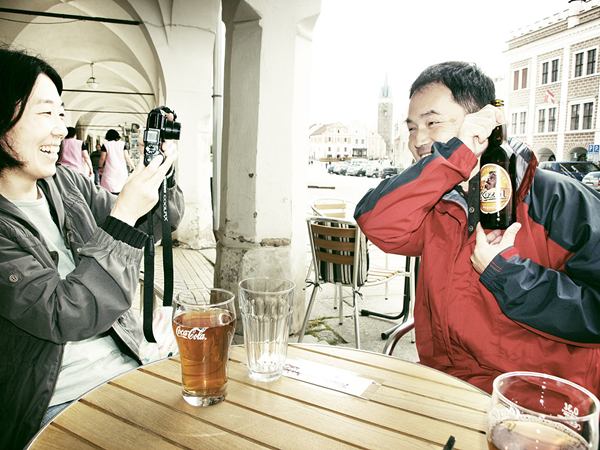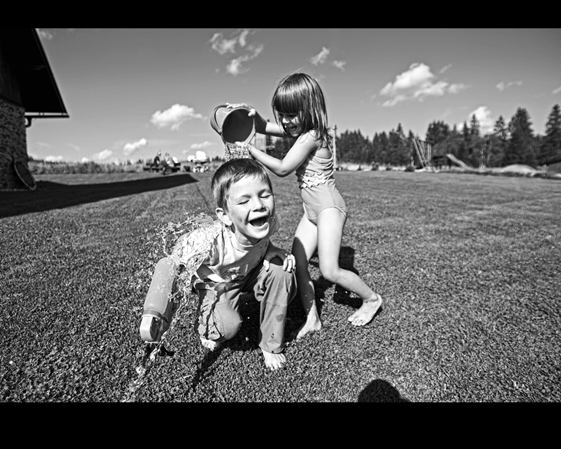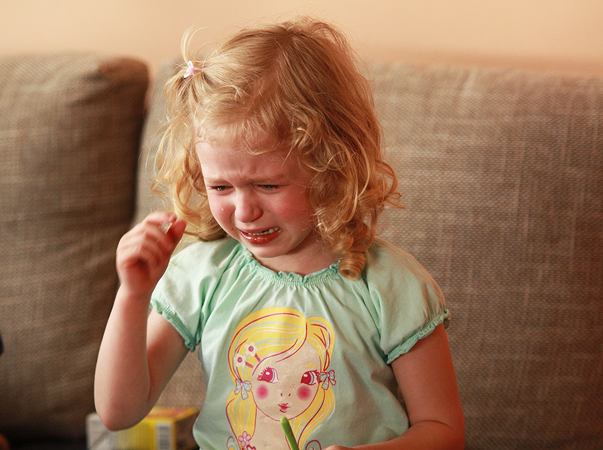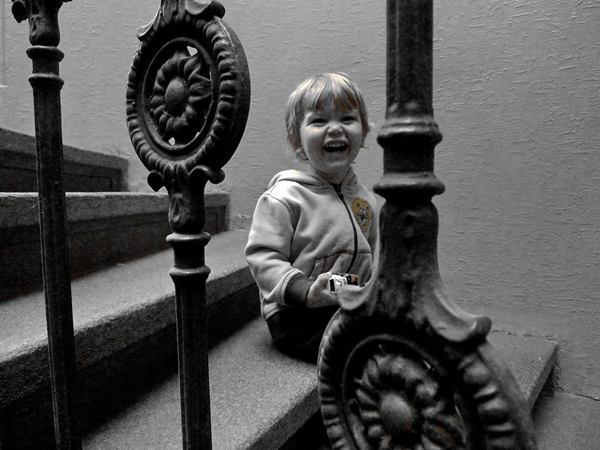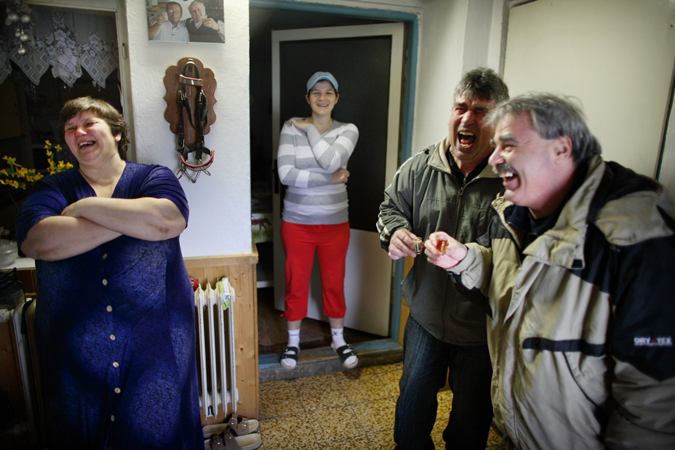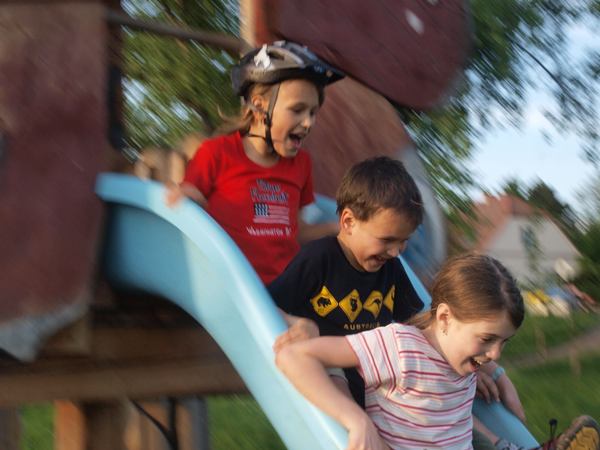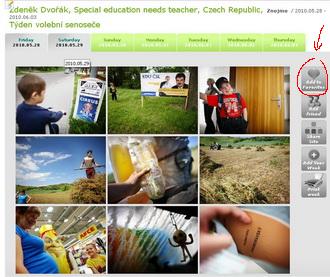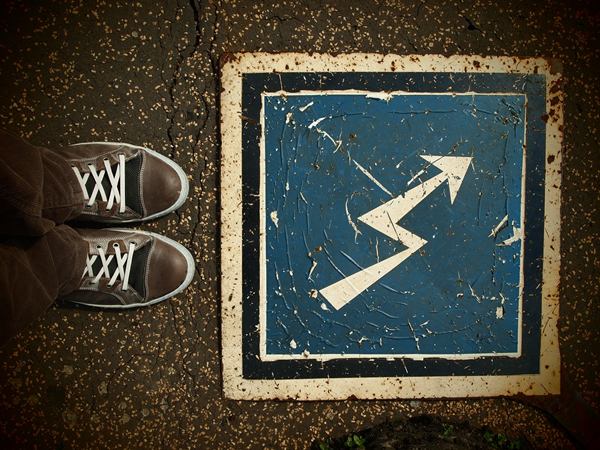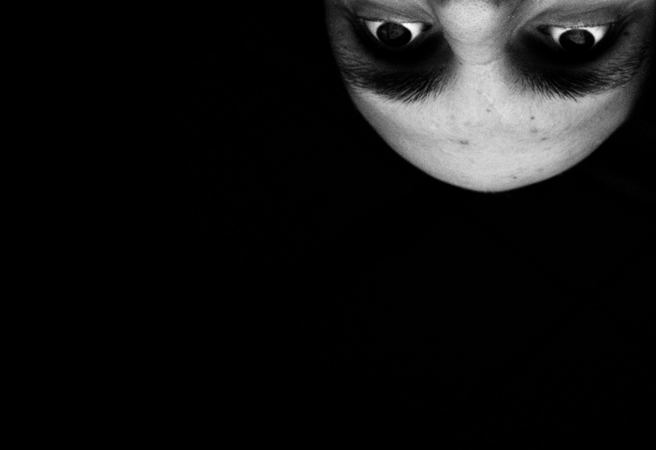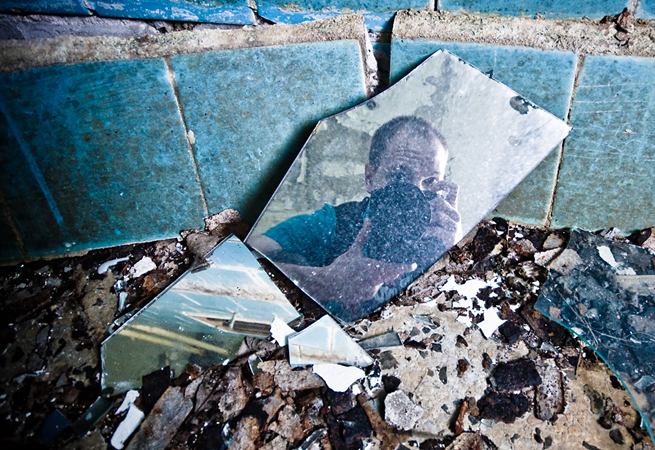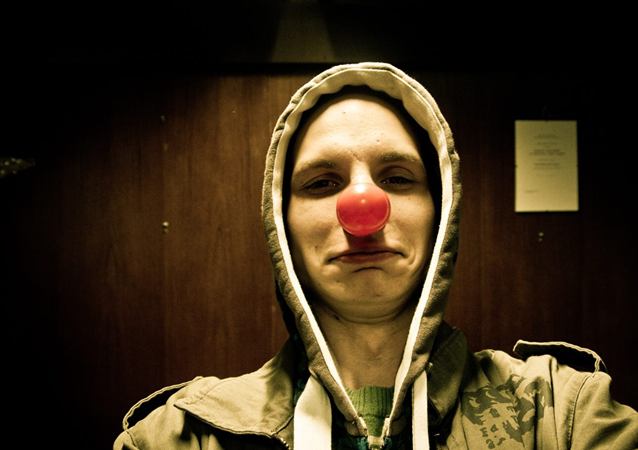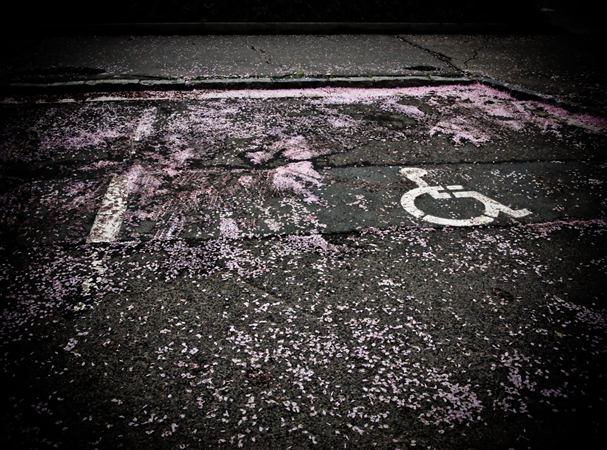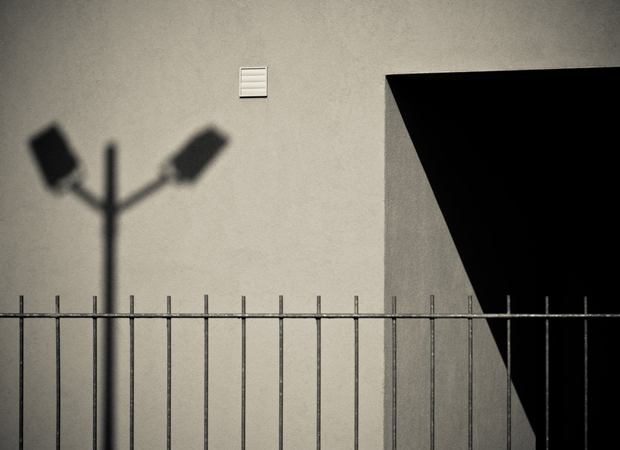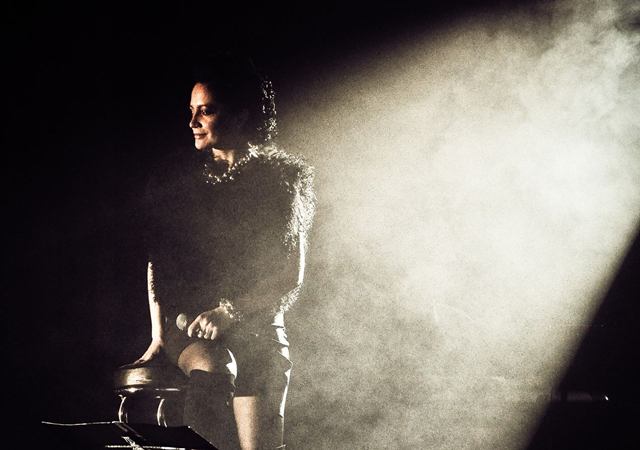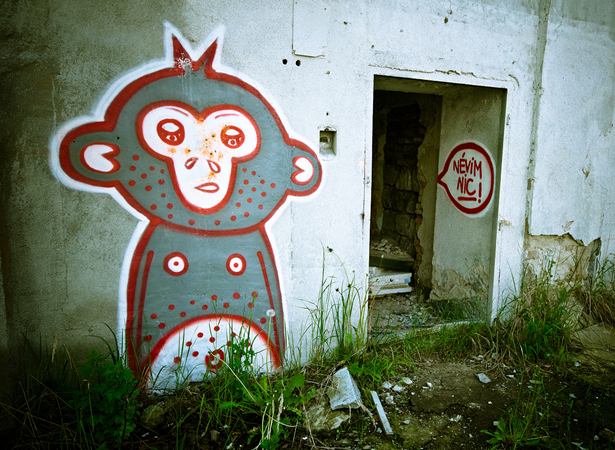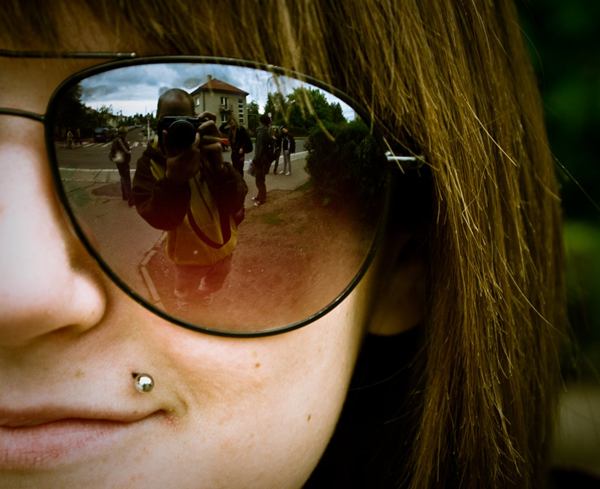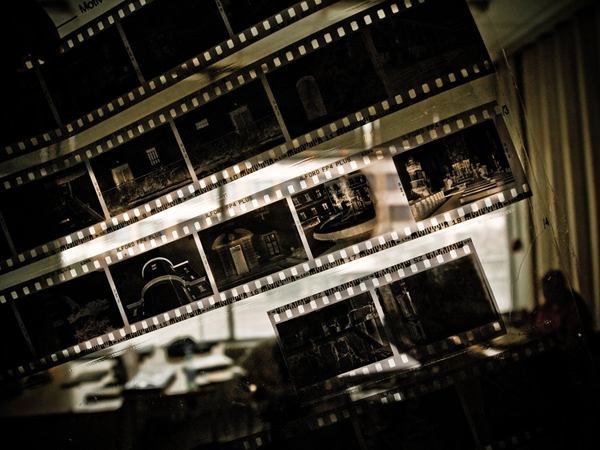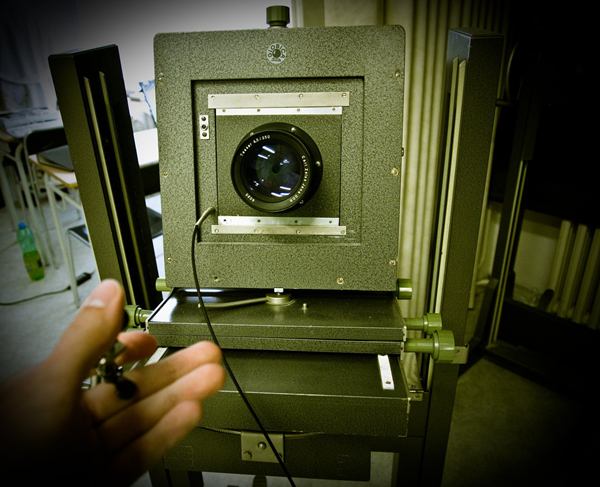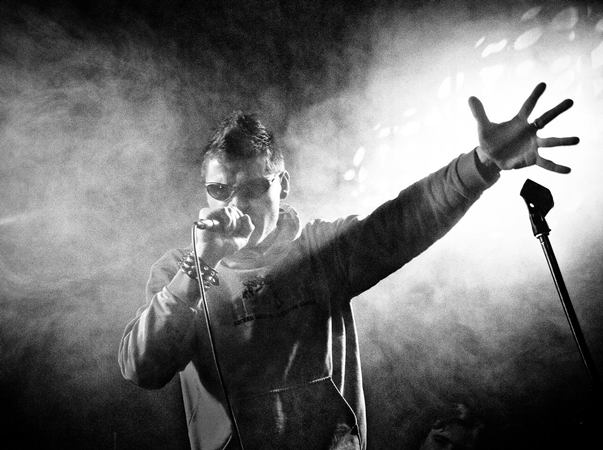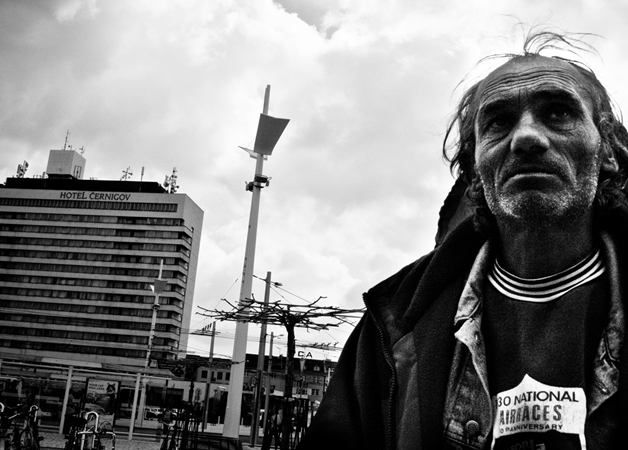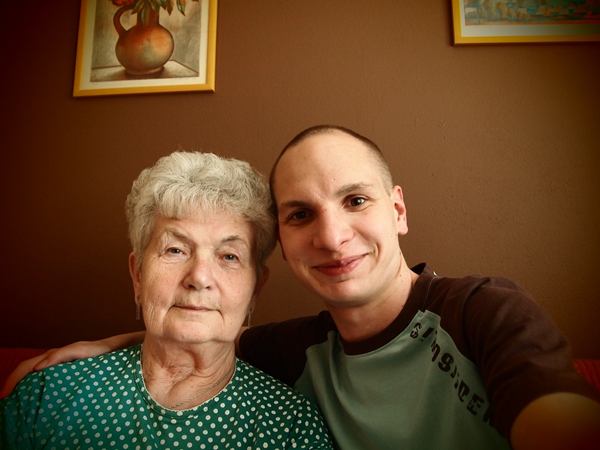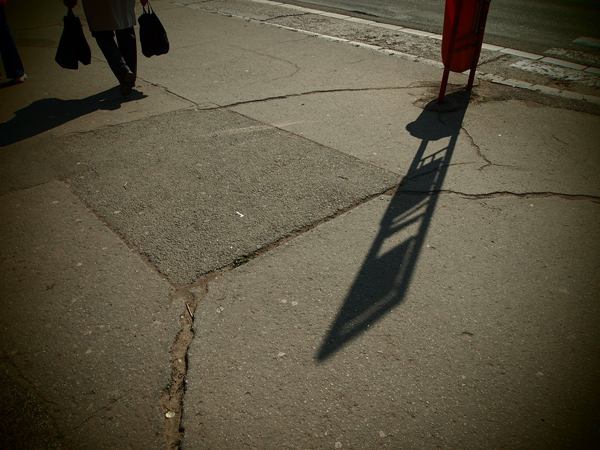Tomas Loewy, Fotograf, Florida
 O festivalu Burning Man lze na úvod říct možná jediné – kdo neviděl, neuvěří. A jistě i ti, co ho zažili na vlastní kůži, ještě dlouho po jeho skončení a návratu do všední reality hledají důkazy v podobě fotografií a jiných suvenýrů, aby si byli naprosto jistí, že to vše nebyl jen pouhý sen. Možná si teď říkáte, že přeháníme, ale věřte, že Burning Man není jen tak ledajaký festival. Je to mix všeho, co si člověk pod pojmem festival může představovat. Hudba, umění, zábava, nespoutaný sex, nová přátelství, naprosté odloučení od civilaze,… – to vše na vás po dobu jednoho týdne uprostřed nevadské pouště čeká. Ale pozor, i takovýto druh zábavy má svá pravidla, a i o to je Burning Man cennější a lákavější. Více o průběhu festivalu a účastnících se dozvíte v reportáži Tomase Loewy, který byl jeho přímým účastníkem a koneckonců, co může být víc než výpověď muže, který rozhodně nepatří mezi nováčky Burning Mana! (WoL)
O festivalu Burning Man lze na úvod říct možná jediné – kdo neviděl, neuvěří. A jistě i ti, co ho zažili na vlastní kůži, ještě dlouho po jeho skončení a návratu do všední reality hledají důkazy v podobě fotografií a jiných suvenýrů, aby si byli naprosto jistí, že to vše nebyl jen pouhý sen. Možná si teď říkáte, že přeháníme, ale věřte, že Burning Man není jen tak ledajaký festival. Je to mix všeho, co si člověk pod pojmem festival může představovat. Hudba, umění, zábava, nespoutaný sex, nová přátelství, naprosté odloučení od civilaze,… – to vše na vás po dobu jednoho týdne uprostřed nevadské pouště čeká. Ale pozor, i takovýto druh zábavy má svá pravidla, a i o to je Burning Man cennější a lákavější. Více o průběhu festivalu a účastnících se dozvíte v reportáži Tomase Loewy, který byl jeho přímým účastníkem a koneckonců, co může být víc než výpověď muže, který rozhodně nepatří mezi nováčky Burning Mana! (WoL)
Vzhledem k tomu, že jsem Evropan, který nyní žije v Miami Beach, festival Burning Man (Hořící muž) jsem navštívil poprvé před 5 lety, kdy jsem se seznámil s (velice) milou Američankou z Brooklynu, která ho navštívila již 7krát. Během toho, co jsme se začali lépe poznávat, byla Jill schopná mluvit hodiny a hodiny o zvláštním duchu celého společenství, který se všech Burnerů v poušti dotkne a o tom, jak magický a společný prvek dělá toto místo na světě lepším. O uvolněné atmosféře a o tom, jak principy dárkové ekonomiky dělají lidi lepšími. Dáváte dárky ostatním. Nekupujete, neobchodujete. A často nějaký dárek obdržíte.
Oproti rozšířenému názoru není Burning Man akcí, na které se vyměňují věci, služby či přátelství, ale spíš se jedná o událost, během které vyplouvá z lidí na povrch to dobré, co pak darují ostatním. Pro někoho malý suvenýr, pro jiné obrovská párty. Každý si to užívá podle svého. Ať už vám přistane do klína pizza z Pizza Sluts z čistého přátelství, lásky k lidem či z principu, nebo se vydáte na kurz jógy Jivamukti (denně od 11 hodin v Duck Pond) či se naučíte novým věcem při Greater Intimacy with Hypnosis (Bližší seznámení s hypnózou – od 11h do 13 h v Poly Paradise), žádná z aktivit, které nabízí 80 stránková brožurka What/When/Where (Co/Kdy/Kde) není placená či směněná, vše je zdarma. Jedinou cenu, kterou člověk sám zaplatí, je samotná účast.
Motto festivalu Burning Man: Radikální sebevyjádření, radikální samostatnost. Být spoluúčastníkem, nikdy ne divákem, turistou. Jste jeho součástí, takže do toho dejte všechno, co věříte, že by měl od vás získat.
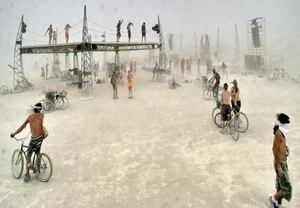 |
 |
„Pro někoho malý suvenýr, pro jiné obrovská párty. Každý si to užívá podle svého.”
 Kolemjdoucí také nejsou žádoucí, stejně jako nudné oblečení a občas také oblečení samo o sobě (každý se však může rozhodovat podle svého a převlékat se každou hodinu). Zúčastnit se je mottem, pod kterým se po dobu jednoho týdne, který začíná poslední pondělí v srpnu, setkávají lidé v odlehlé poušti Black Rock. Veteráni této akce nadšeně vypráví o letech minulých, kdy bylo vše – údajně – autentičtější, osobitější a spontánnější. Je možné, že kolem roku 1986, kdy Larry Harvey postavil dřevěnou atrapu na pláži v San Francisku, zapálil ji a tímto dlouho ctěným aktem věnovaným bohům přírody pojmenoval akci Burning Man, byl svět lepší. V uplynulých letech minulého století mohla být akce autentičtější a díky mnohem nižšímu počtu účastníků (okolo 4000) také osobnější, stejně tak, jako je tomu na malém městě, kde se “zná každý s každým“. Dynamičnost, která se na akci Burning Man v posledních pěti letech rozvinula od doby, kdy jsem tam byl v roce 2004 poprvé, kompenzuje přeměnu z romantiky s nádechem, že dříve bylo vše lepší.
Kolemjdoucí také nejsou žádoucí, stejně jako nudné oblečení a občas také oblečení samo o sobě (každý se však může rozhodovat podle svého a převlékat se každou hodinu). Zúčastnit se je mottem, pod kterým se po dobu jednoho týdne, který začíná poslední pondělí v srpnu, setkávají lidé v odlehlé poušti Black Rock. Veteráni této akce nadšeně vypráví o letech minulých, kdy bylo vše – údajně – autentičtější, osobitější a spontánnější. Je možné, že kolem roku 1986, kdy Larry Harvey postavil dřevěnou atrapu na pláži v San Francisku, zapálil ji a tímto dlouho ctěným aktem věnovaným bohům přírody pojmenoval akci Burning Man, byl svět lepší. V uplynulých letech minulého století mohla být akce autentičtější a díky mnohem nižšímu počtu účastníků (okolo 4000) také osobnější, stejně tak, jako je tomu na malém městě, kde se “zná každý s každým“. Dynamičnost, která se na akci Burning Man v posledních pěti letech rozvinula od doby, kdy jsem tam byl v roce 2004 poprvé, kompenzuje přeměnu z romantiky s nádechem, že dříve bylo vše lepší.
Je fascinující, jak se dá prožít týden ve stylu lepšího světa a přesto mít nekonečný osobní pocit prožitku. Ano, jsou tu párty, alkohol, nahota, drogy a sex v množství, které potěší každého hédonistu. Zároveň je to ale také festival uvědomělých lidí, kteří zde cvičí a učí se, jak vycházet se sebou samými a s ostatními, často také jízdou na kole prolomí nekonečnou noc, s měsícem a okolními horami jako pouhými ukazateli, a jednoduše si pak lehnou na záda, dva kilometry od toho hluku, uvolní se a pokud je zrovna noc, pozorují černé nebe a meditují.
„Burning Man je událost, která mění životy a vyvolává určitou pozitivní závislost.”
Údolí pouště je tak rozsáhlé, že 50 000 lidí, kteří kempují ve ¾ kruhu, představují ve vesmíru pouhý bod. Rozlehlost krajiny a daleká vzdálenost, když se vydáte navštívit nějakého přítele na druhé straně kruhu a (naštěstí) žádný telefonní signál vás nechají po 1,2,3 dnech zapomenout, kde začíná a končí to, co nazýváme Civilizací. Lidé se ve většině případů přepravují na kolech (které si s sebou přivezli), občas chodí pěšky anebo můžou využít možnosti projet se v ulítlých Art Cars. Také zde platí: každý je vítán, ve vozítku ve stylu Šíleného Maxe, které se pohybuje rychlostí 8 km/h, se vždy místo najde. Mému kamarádovi a manažerovi Joeovi (tomu, který dělá většinu práce, ale také se nejvíc baví) se v Camp Overkill podařilo nacpat šedesát jedna (ano, 61!) lidí na svůj Space Orgy, opravdu výstavní kousek, který má karoserii z cadillacu ze 70. let.
 |
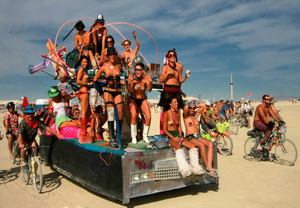 |
Do Overkillu mě přivedl můj tehdejší spolubydlící z Miami. Nick je 34letý advokát, který navštěvoval školu v Renu v Nevadě (kam letíte, když to chcete mít na festival pouhé tři hodiny autem) a u jehož otce stojí Dodge Ram, který se během festivalu Burning Man stává mým příbytkem. Když jsme spolu před pěti lety jeli měsíční krajinou severní Nevady směrem k městečku Gerlach, které je festivalu nejblíže, Nick využil dlouhé cesty k tomu, aby mne na Burning Man připravil a přitom poznamenal, že každý nováček je při příjezdu (velmi zlehka) zbičován. Jedna zajímavost: ačkoliv byli oba dva v té době na festivalu již sedmkrát, Nickova představa o festivalu se jen velice málo shoduje s vyprávěním Jill, které jsem zmínil na úplném začátku.
A jak jsem si tak prožíval své poprvé s očima široce otevřenýma a jakýmsi dětským nadšením (vždycky stavím své fotografie na této naivní zvědavosti), věděl jsem, že můj Burning Man se bude s tím Nickovým a Jilliným shodovat jen v několika bodech.
A tak se také stalo. Burning Man je událost, která mění životy a vyvolává určitou pozitivní závislost: Tak jak se tam loučí s novými i starými přáteli: Příští rok na Burning Man!
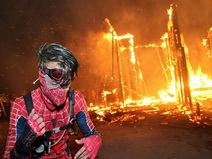 |
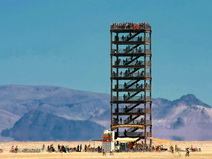 |
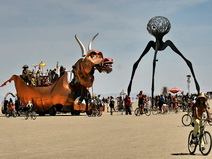 |
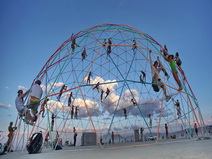 |
 |
 |
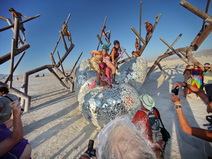 |
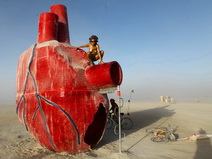 |
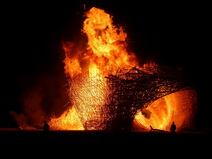 |
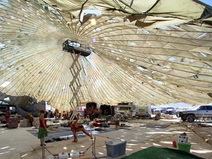 |
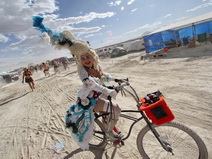 |
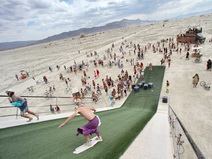 |
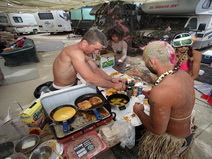 |
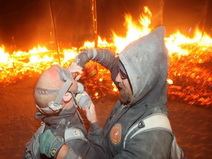 |
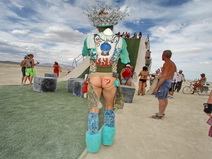 |
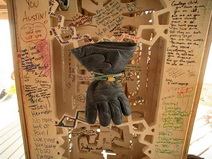 |
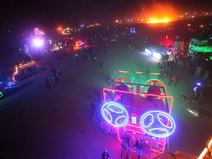 |
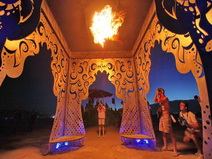 |
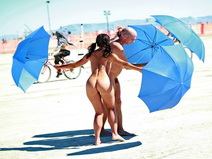 |
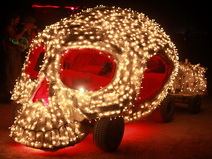 |
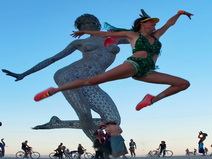 |
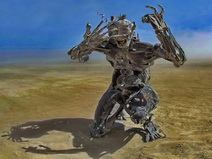 |
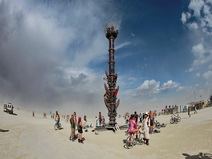 |

